The Battle to Protect the 902-928 MHz Band: What It Means for Ham Radio Operators
Amateur radio operators have long had access to the 902-928 MHz frequency band, a valuable resource used for a variety of communication activities. However, this crucial band is now under threat from a proposal filed by NextNav Inc. to the Federal Communications Commission (FCC). If successful, NextNav’s plan would significantly alter the spectrum, reallocating much of it for high-powered 5G cellular and location services. The ARRL (American Radio Relay League) is leading the charge to defend the amateur radio community’s access to this band, and the clock is ticking as the FCC gathers public comments before making a decision.
The Proposal by NextNav
NextNav’s petition, filed under the FCC’s Location and Monitoring Service (LMS) framework, aims to overhaul the 902-928 MHz spectrum by introducing new high-powered 5G and broadband services, alongside location tracking technologies that would serve as a backup to satellite-based GPS systems. The proposal suggests that a nationwide license be granted to NextNav, allowing them to operate powerful uplink and downlink systems. Specifically, it envisions a 5 MHz uplink subband between 902-907 MHz, paired with a 10 MHz downlink subband between 918-928 MHz.
The downlink would support up to 2000 watts of Effective Radiated Power (ERP) in rural areas, and up to 1000 watts in urban areas, broadcast from towers reaching 1000 feet or more. The concern for ham operators is obvious: such high-powered transmissions could overwhelm the delicate balance of shared frequency use that has allowed amateur radio operations to co-exist with other services in this band(Icom Europe)(ARRL).
Why the 902-928 MHz Band Matters to Amateur Radio
For ham radio operators, the 902-928 MHz band is a cornerstone of innovation and experimentation. It is used for various applications, including local repeater systems, point-to-point communications, and even amateur satellite operations. The frequency’s flexibility, relatively low interference, and high signal fidelity make it ideal for testing new technologies and supporting the wide range of communication needs ham operators face.
Since amateur radio services operate in this band on a secondary basis (meaning they must not cause interference to primary users), any major shift in the band’s configuration could severely limit access for hams. The introduction of high-powered commercial services, such as those proposed by NextNav, could create significant interference, reducing the effectiveness of amateur operations or making them altogether impossible in some areas.
ARRL’s Response
The ARRL is mounting a strong defense, arguing that NextNav’s proposal would not only limit amateur use but also disrupt a broad ecosystem of secondary users who rely on the 902-928 MHz band. The League has already begun preparing comments to the FCC and has urged individual operators to do the same before the September 20, 2024, deadline.
One of the key concerns raised by the ARRL is that NextNav’s proposal fails to consider the established rules and spectrum-sharing agreements that have allowed various services to use the band cooperatively. In addition, the proposal seeks to eliminate interference protections that currently safeguard ham radio operations and other secondary users. This change could essentially push ham operators out of the band, making way for higher-priority commercial services.
The FCC’s Role
As the gatekeeper of the U.S. radio frequency spectrum, the FCC is tasked with evaluating the benefits and drawbacks of NextNav’s proposal. The FCC has opened the floor for public comments, asking a series of questions to gauge the potential impact on amateur radio operators. These questions focus on the extent of amateur activities within the band, possible relocation costs, and the availability of alternative frequency options(Icom Europe).
What Can You Do?
Ham radio operators have a chance to voice their concerns directly to the FCC. The ARRL is urging all amateur radio operators who use the 902-928 MHz band—or plan to in the future—to submit comments to the FCC. Operators are encouraged to describe their current and planned activities on this band and to outline the possible negative effects of NextNav’s proposed changes.
The FCC’s decision will have lasting implications, not only for amateur radio operators but also for the broader landscape of spectrum use in the United States. With 5G and broadband demands on the rise, this won’t be the last time commercial interests target frequencies traditionally used by the amateur community.
Conclusion
The fight to protect the 902-928 MHz band is not just a technical debate; it’s a battle to preserve the amateur radio spectrum for future generations. NextNav’s proposal represents the growing pressure on the frequency spectrum from commercial technologies like 5G, but the needs of ham operators and secondary users must also be considered. The ARRL is leading the charge, but they need the voices of individual operators to make an impact.
If you’re a ham radio operator who values the 902-928 MHz band, now is the time to act. Submitting a comment to the FCC could help safeguard this critical spectrum for continued amateur use and experimentation. The deadline is approaching fast, so make sure your voice is heard.
For more details on how to file comments, visit the ARRL’s FCC Comment Guide(Icom Europe)(ARRL).


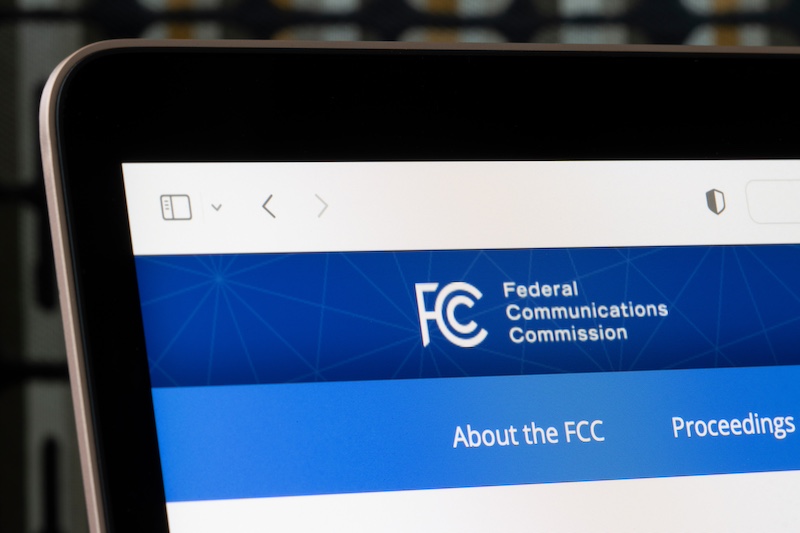
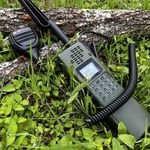



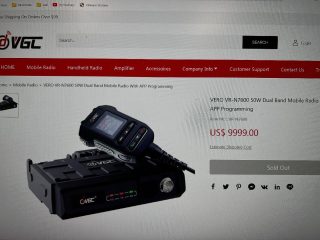


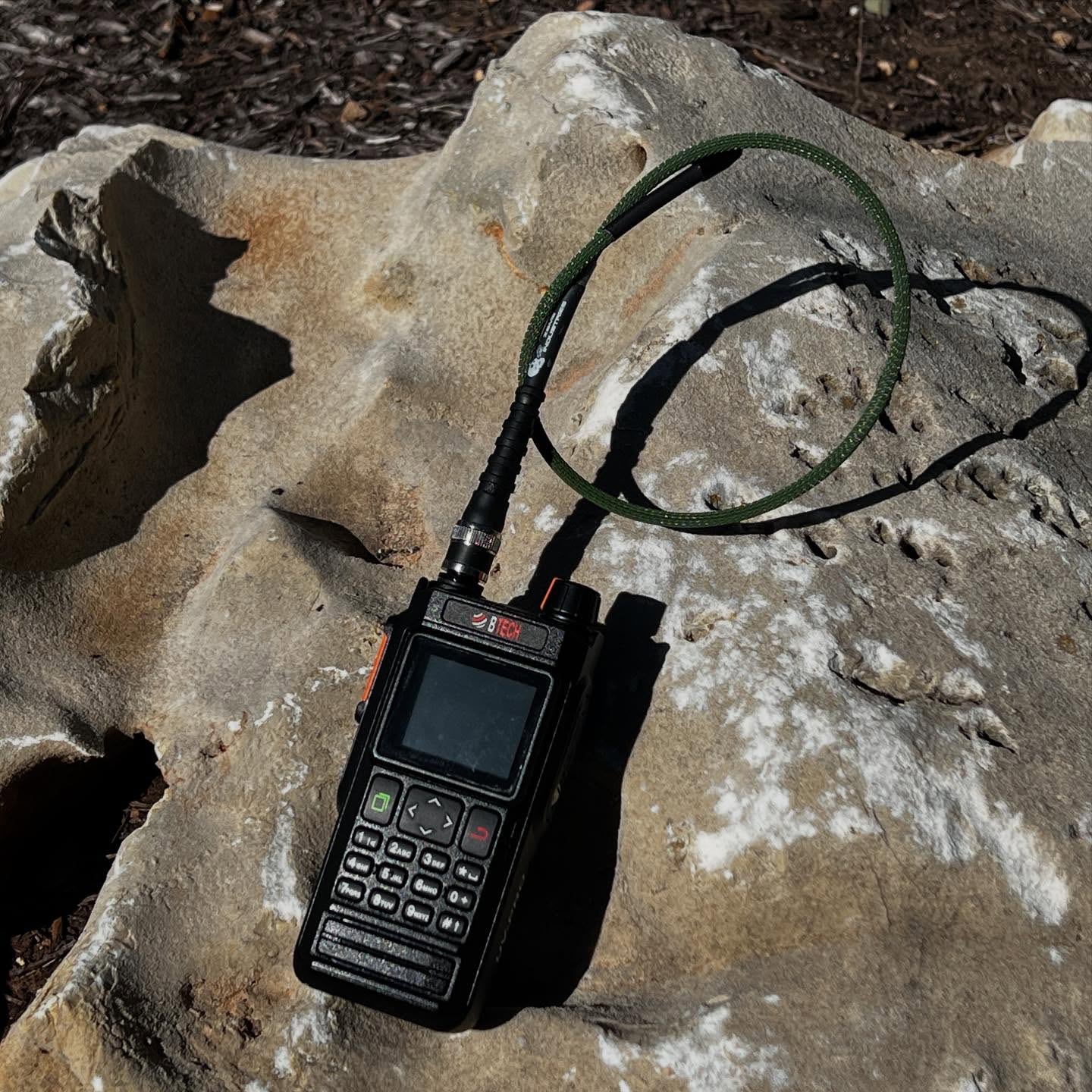
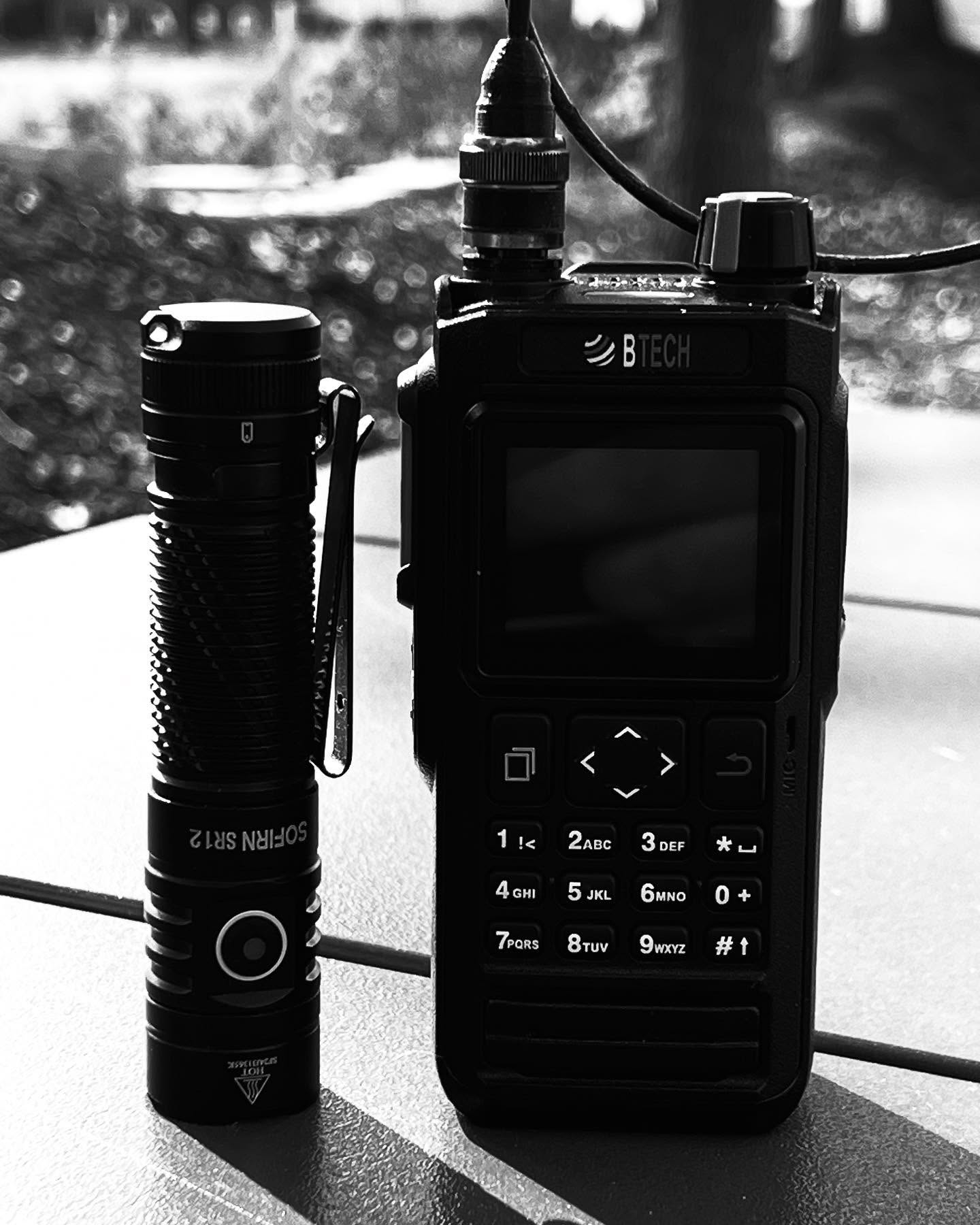
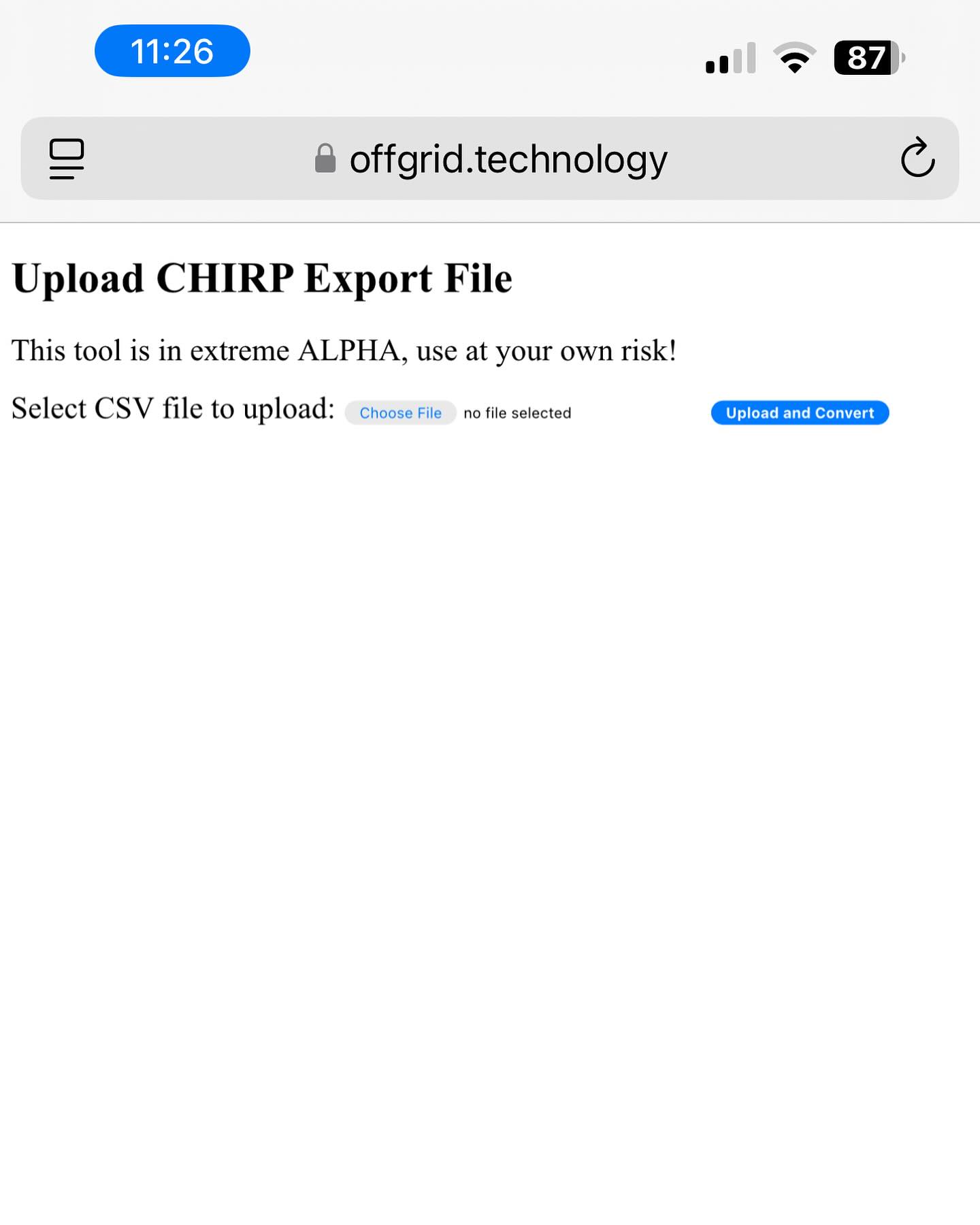


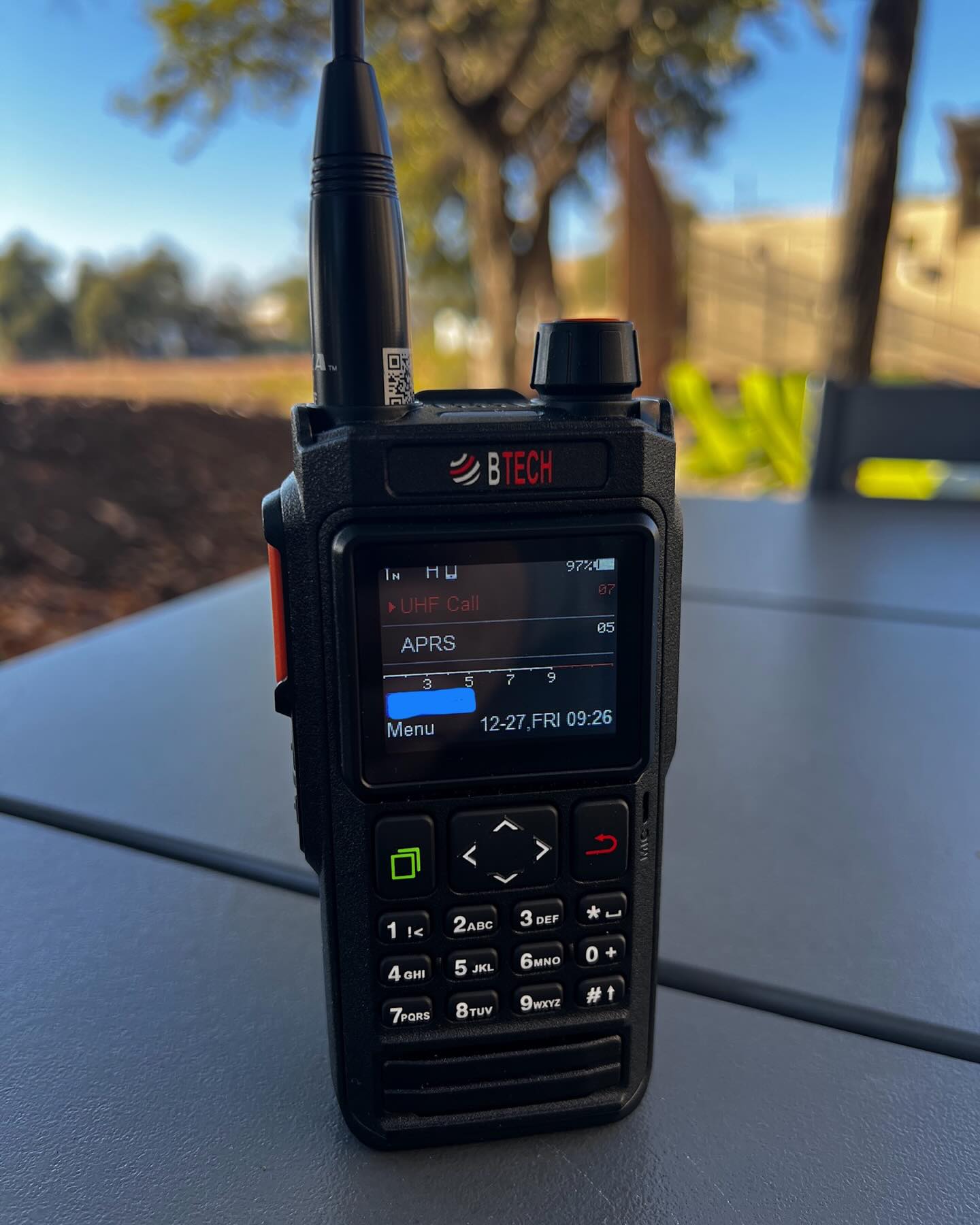


Leave a Reply